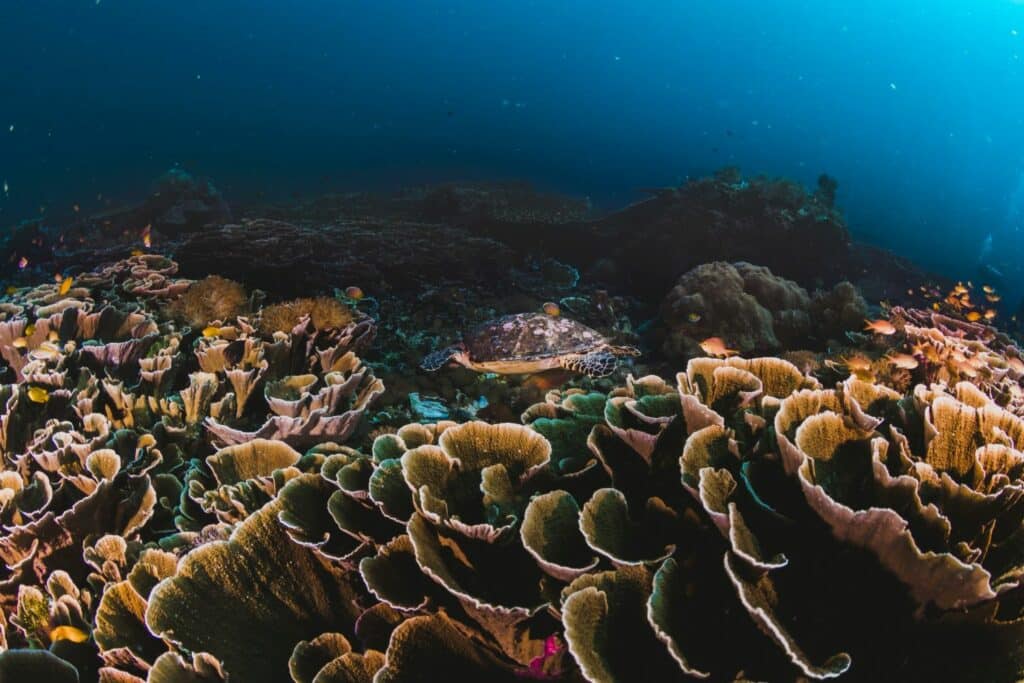Insights into the role of microbes in coral thermal bleaching
Microbes impact coral bleaching susceptibility in new study.
By
Pranjal Mehar
11 Mar, 2024

Under heat stress, coral holobionts’ thermal bleaching percentage demonstrates interspecific variations that are intimately linked to the microbiome associated with corals. The ecological implications of community dynamics and interactions between Symbiodiniaceae and fungi regarding coral thermal bleaching sensitivity are still unknown.
A new study provides insights into the role of microbes and their interaction as drivers of interspecific differences in coral thermal bleaching.
Lead study author Biao Chen, Ph., an assistant professor with the Coral Reef Research Center of China, School of Marine Science at Guangxi University, said, “The diversity, community dynamic and interaction of coral-associated microorganisms play important roles in the health state and climate change response pattern of coral reefs. We urge the creation of more expansive coral reef microbial datasets on a global scale and recommend undertaking interdisciplinary research encompassing ecology, marine chemistry, physical oceanography, and microbiomics.”
The effects of global warming have caused significant biodiversity losses and coral thermal bleaching in coral reef ecosystems. Coral reefs, also known as coral holobionts, consist of animal hosts, endosymbiotic Symbiodiniaceae (a family of marine dinoflagellates), bacteria, archaea, fungi, and viruses.
During heatwave occurrences, corals have demonstrated considerable interspecific variability in the degree of bleaching and heat tolerance. The relationships between fungi and Symbiodiniaceae on variations in coral heat tolerance remain unknown, even though scientists are aware that the coral-associated microbiome is critical in controlling the environmental tolerance of coral reefs.
More:
https://www.techexplorist.com/insights-role-microbes-coral-thermal-bleaching/81913/
